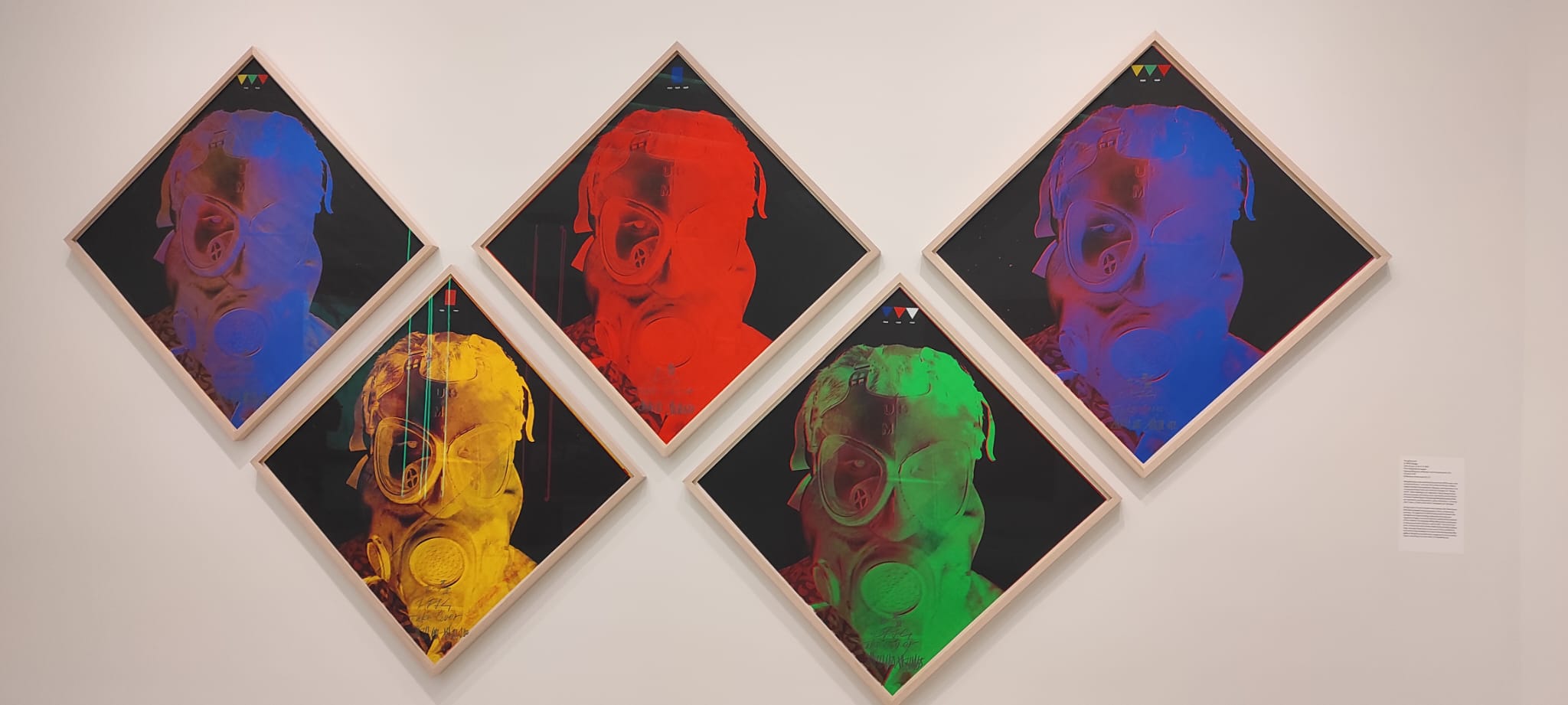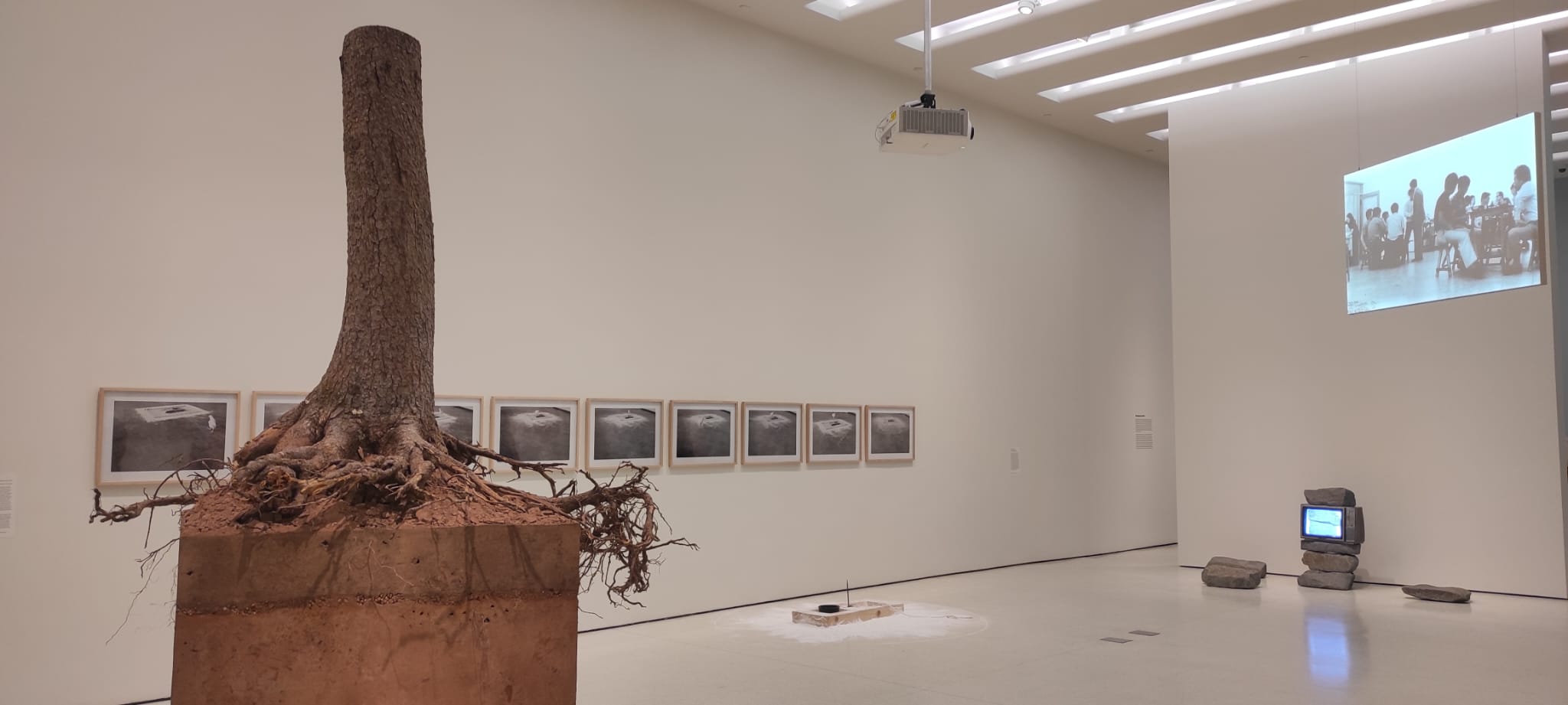Big pink lips open the exhibition, a ten-photo-long series continues on the fourth floor and a chicken and a tree close it on the fifth floor. The Guggenheim Museum, on Fifth Avenue, celebrates the first day of September by opening “Only the Young: Experimental Art in Korea, 1960s–1970s”, on view through January 7, 2024. The exhibition explores avant-garde movements that gave birth to Korean “Experimental art” (silheom misul). A decade after the Korean War, which divided the peninsula into North and South as we know it today, new generations of artists started mixing just-introduced technologies with raw materials and everyday objects, reflecting the rapid process of modernization.

“The first few opening hours are crucial and they have been quite crowded so far”, one of the guides said with a sigh of relief. “Sometimes people come here and are disappointed because they don’t feel this art. I really hope this didn’t happen today. They need to understand that this was the only way these artists had to visually express the existential questions we all have. All these technologies, that we perceive as old, very common, and slightly basic, were brand-new and never seen before. It is very interesting to see how Koreans redefined boundaries through this innovative visual language”.

“Only the Young” takes place on three floors. The first is called “A New Beginning”: big plastic sculptures take up all the space. Pink lips and plastic pipes are the focus. On the second, entitled “The Logic of Resistance”, there are more than ten images hanging on each wall. The pictures were modified and cut to represent specific feelings, like loss of subjectivity in the age of globalization or individual will in increasing authoritarianism. In the third, “The Global Village”, the attention is captured by a big organic tree and a chicken trap, both perfectly reproduced by the artists.
Both as individuals and in collectives, Experimental artists broke definitively with their predecessors, redefining the boundaries of traditional painting and sculpture while embracing innovative—and often provocative—approaches to art making. Representing a variety of mediums, including performance, installation, photography and video, the works on view illustrate how Experimental artists engaged with pressing issues such as subjectivity in age of rapid modernization and globalization, and individual will at the fringes of an increasingly authoritarian state.












